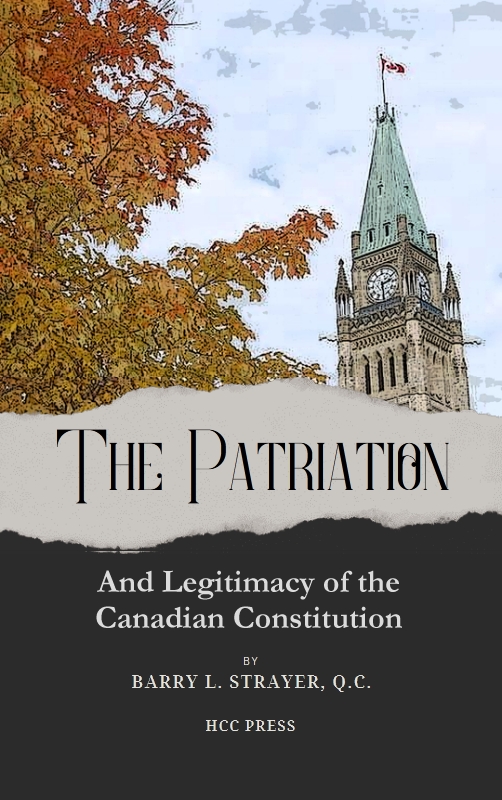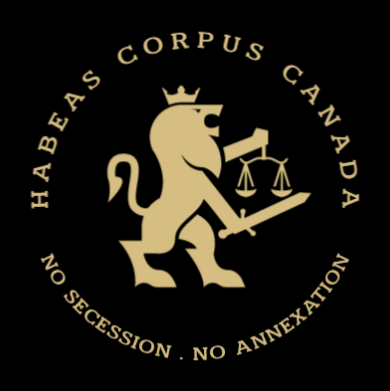Without taking issue with that Member of Parliament, it is interesting to analyze precisely what he was saying because it was typical of statements of the time. He said that the use of such a referendum device “is not federalism and … is not the Canadian way”.
To understand the significance of this, it is useful to consider what federalism means in some other countries. In two quite respectable federal systems, those of Switzerland and of Australia, the referendum is used for constitutional amendments. In Australia it is used only on the initiative of the federal Parliament. In neither Australia nor the United States do the state governments, as such, have any entrenched legal role in the constitutional amendment process. In Australia not even the state legislatures have any role, and in the United States Congress can bypass the state legislatures by providing for ratification by special constitutional conventions in each of the states. Only in the case of the Twenty-first amendment (the repeal of prohibition) was the convention system used.
Perhaps the concern over the referendum in Canada was best expressed by Mr. R. G. Robertson, former Secretary to the Cabinet, who had been involved for some thirty years in constitutional reform efforts before his retirement in 1979. He is reported as saying that while a referendum system is not contrary to federalism per se, it is foreign to our system of federalism since the provinces have long been seen as having a role in the amendment process.25 The fact that the referendum mechanism, which is acceptable in many countries, was so widely criticized here and ultimately rejected by most governments and many opinion-makers must tell us something about the unique qualities of Canadian federalism. One thing it suggests is that we do not place much value on direct decision-making by the general public in constitutional matters. We prefer a system of indirect democracy where the public delegates its authority to legislators. At the provincial level, as far as the constitution is concerned, it further appears that there is yet another delegation by the legislators to provincial cabinets. Further, we expect the public will to be expressed jointly by two aggregations of elected representatives, one at the federal level and one at the provincial level.
I cannot leave this question of the role of the people in constitution-making without at least mentioning the part played by groups and individuals in submissions to the Special Joint Committee of Parliament on the Constitution. The Committee received written briefs or messages from 914 individuals and 294 groups. One hundred and four groups and individuals actually appeared before the Committee as witnesses. This did allow some extra-parliamentary participation in the deliberative process and, no doubt, brought about a number of improvements in the resolution.
25. “Wise Counsel on Referendum Risks”, Toronto Globe and Mail, Jan. 20, 1981, p. 4.

